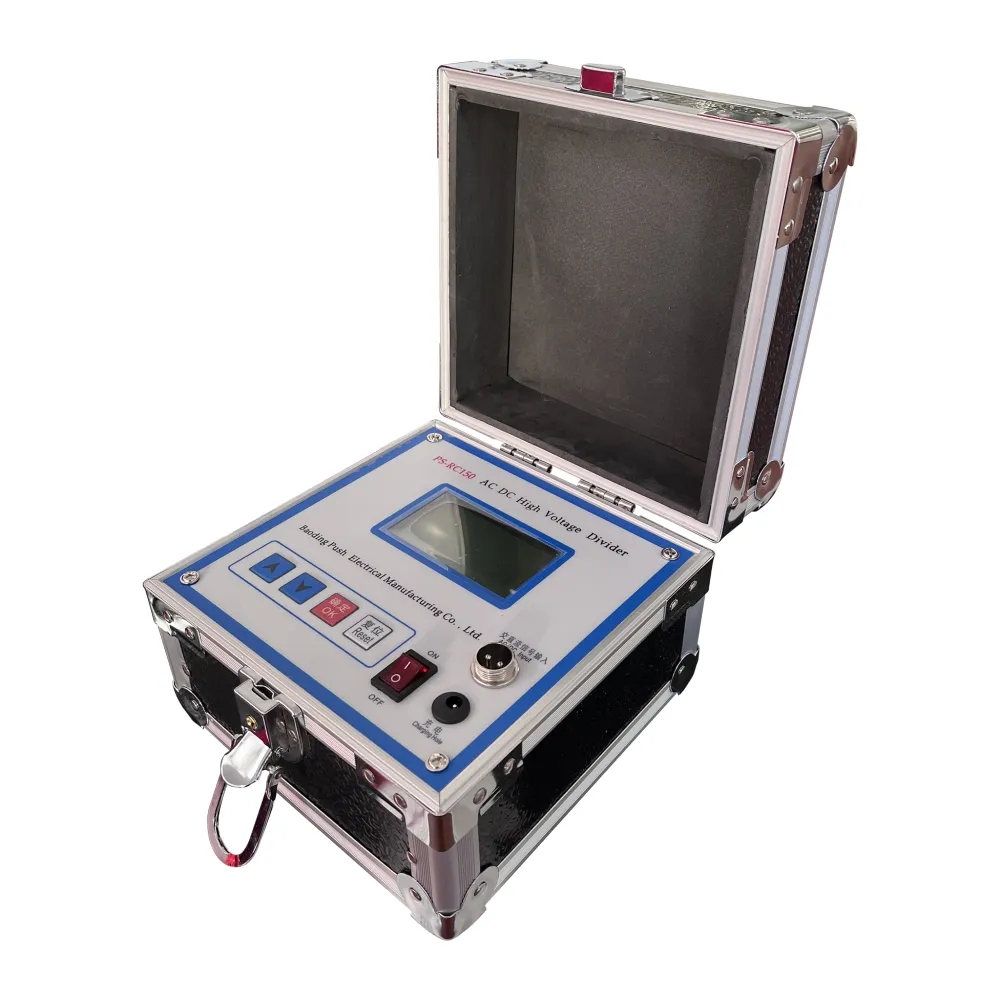 English
English



-
 Afrikaans
Afrikaans -
 Albanian
Albanian -
 Amharic
Amharic -
 Arabic
Arabic -
 Armenian
Armenian -
 Azerbaijani
Azerbaijani -
 Basque
Basque -
 Belarusian
Belarusian -
 Bengali
Bengali -
 Bosnian
Bosnian -
 Bulgarian
Bulgarian -
 Catalan
Catalan -
 Cebuano
Cebuano -
 China
China -
 China (Taiwan)
China (Taiwan) -
 Corsican
Corsican -
 Croatian
Croatian -
 Czech
Czech -
 Danish
Danish -
 Dutch
Dutch -
 English
English -
 Esperanto
Esperanto -
 Estonian
Estonian -
 Finnish
Finnish -
 French
French -
 Frisian
Frisian -
 Galician
Galician -
 Georgian
Georgian -
 German
German -
 Greek
Greek -
 Gujarati
Gujarati -
 Haitian Creole
Haitian Creole -
 hausa
hausa -
 hawaiian
hawaiian -
 Hebrew
Hebrew -
 Hindi
Hindi -
 Miao
Miao -
 Hungarian
Hungarian -
 Icelandic
Icelandic -
 igbo
igbo -
 Indonesian
Indonesian -
 irish
irish -
 Italian
Italian -
 Japanese
Japanese -
 Javanese
Javanese -
 Kannada
Kannada -
 kazakh
kazakh -
 Khmer
Khmer -
 Rwandese
Rwandese -
 Korean
Korean -
 Kurdish
Kurdish -
 Kyrgyz
Kyrgyz -
 Lao
Lao -
 Latin
Latin -
 Latvian
Latvian -
 Lithuanian
Lithuanian -
 Luxembourgish
Luxembourgish -
 Macedonian
Macedonian -
 Malgashi
Malgashi -
 Malay
Malay -
 Malayalam
Malayalam -
 Maltese
Maltese -
 Maori
Maori -
 Marathi
Marathi -
 Mongolian
Mongolian -
 Myanmar
Myanmar -
 Nepali
Nepali -
 Norwegian
Norwegian -
 Norwegian
Norwegian -
 Occitan
Occitan -
 Pashto
Pashto -
 Persian
Persian -
 Polish
Polish -
 Portuguese
Portuguese -
 Punjabi
Punjabi -
 Romanian
Romanian -
 Russian
Russian -
 Samoan
Samoan -
 Scottish Gaelic
Scottish Gaelic -
 Serbian
Serbian -
 Sesotho
Sesotho -
 Shona
Shona -
 Sindhi
Sindhi -
 Sinhala
Sinhala -
 Slovak
Slovak -
 Slovenian
Slovenian -
 Somali
Somali -
 Spanish
Spanish -
 Sundanese
Sundanese -
 Swahili
Swahili -
 Swedish
Swedish -
 Tagalog
Tagalog -
 Tajik
Tajik -
 Tamil
Tamil -
 Tatar
Tatar -
 Telugu
Telugu -
 Thai
Thai -
 Turkish
Turkish -
 Turkmen
Turkmen -
 Ukrainian
Ukrainian -
 Urdu
Urdu -
 Uighur
Uighur -
 Uzbek
Uzbek -
 Vietnamese
Vietnamese -
 Welsh
Welsh -
 Bantu
Bantu -
 Yiddish
Yiddish -
 Yoruba
Yoruba -
 Zulu
Zulu
Understanding the Principles and Applications of DC Dielectric Testing for Electrical Insulation Systems
Understanding the DC Dielectric Test Importance and Application
The DC dielectric test is a critical procedure used in the electrical engineering field to assess the insulation integrity of high-voltage equipment. This test evaluates how well the insulating material can withstand direct current (DC) voltage without allowing electrical breakdown. It is particularly important for ensuring the safety and reliability of electrical devices such as transformers, cables, and circuit breakers.
Purpose of the DC Dielectric Test
The primary purpose of the DC dielectric test is to detect insulation deterioration and moisture ingress, which can lead to catastrophic failures. Over time, insulation materials can degrade due to environmental factors, mechanical stress, thermal cycling, and electrical stress. By performing a DC dielectric test, engineers can identify weak insulation areas before they fail under operational conditions. This proactive approach helps in extending the life of electrical equipment and minimizing unplanned outages.
Test Procedure
The DC dielectric test involves applying a DC voltage across the insulation material for a specified duration. The voltage is typically increased gradually to avoid sudden stress on the insulation. A common procedure is as follows
1. Preparation Ensure that the equipment is de-energized and grounded to prevent any accidental electrical shock. 2. Voltage Application Select a voltage level, often 1.5 to 2 times the rated voltage, and apply it across the insulation using a DC high-voltage tester. 3. Duration Maintain the voltage for a predetermined period, typically from 1 minute to several hours, depending on the standards or specific requirements of the equipment. 4. Measurement Monitor the insulation resistance throughout the test duration. This is usually done using a megohmmeter, which measures the resistance in ohms.
dc dielectric test

Evaluation of Results
The results of the DC dielectric test are evaluated based on the insulation resistance values recorded during the test. A high insulation resistance indicates that the insulation is in good condition, while a low resistance value may signal deterioration or failure. One of the critical aspects of interpreting the results is to consider the polarization index (PI), which is calculated by taking the ratio of the insulation resistance at 10 minutes to that at 1 minute. A PI of less than 1.0 suggests significant insulation problems.
Advantages of DC Dielectric Testing
One of the key advantages of the DC dielectric test over AC testing is its ability to reveal insulation defects that may not be apparent under alternating current conditions. This is largely due to the fact that DC tests stress the insulation in a different manner, allowing for the detection of issues such as dielectric absorption and moisture susceptibility.
Additionally, DC testing generates less heat within the insulation material compared to AC testing, reducing the risk of thermal damage during the test. This makes the DC test particularly applicable for thermally sensitive equipment.
Conclusion
In conclusion, the DC dielectric test is an essential practice for ensuring the reliability and safety of high-voltage electrical equipment. By identifying insulation weaknesses before they manifest into major failures, this testing technique plays a vital role in maintenance regimes across various industries. Engineers and maintenance personnel should routinely incorporate DC dielectric testing into their inspection protocols to foster enhanced performance and longevity of electrical systems. As technology advances, the methods and equipment for dielectric testing continue to evolve, further solidifying its importance in electrical engineering.
-
Testing Equipment Industry Sees Major Advancements in 2025: Smart & Precision Technologies Lead the WayNewsJun.06,2025
-
Applications of Direct Current Generators in Renewable Energy SystemsNewsJun.05,2025
-
Hipot Tester Calibration and Accuracy GuidelinesNewsJun.05,2025
-
Digital Circuit Breaker Analyzer Features and BenefitsNewsJun.05,2025
-
Benefits of Real-Time Power Quality Monitoring Devices for Industrial EfficiencyNewsJun.05,2025
-
Earth Fault Loop Testing in High-Rise Building Electrical SystemsNewsJun.05,2025



